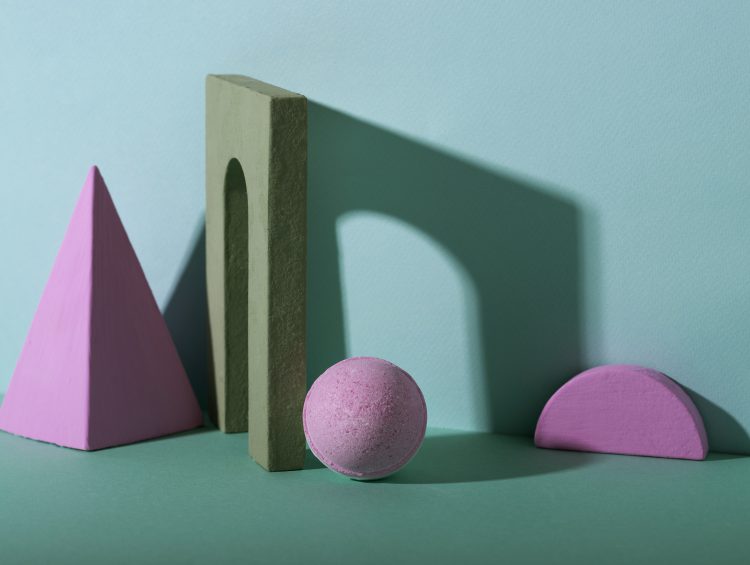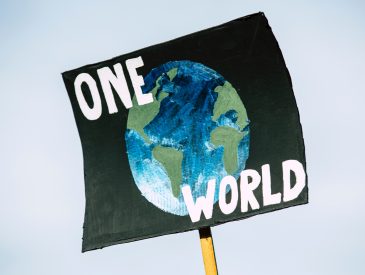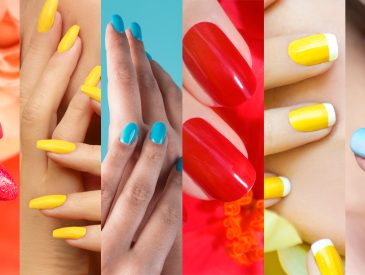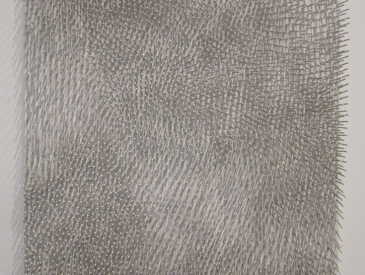Minimal art, in the 1960s, is an art movement that emerged and is characterized by works of art that have been reduced to their most basic forms. This movement rejected traditional notions of art as a representation of reality and focused instead on the materials and physicality of the artwork.
A simple form, a limited color palette like squares, circles, and rectangles, and a primary geometric focus on shapes typically characterize minimalist artworks. The materials used in these works are usually industrial and ordinary materials such as steel, concrete, and fluorescent lamps.
Several features distinguish minimal art from other branches of art:
- The Simplicity of Form: Minimal art emphasizes the simplicity and reduction of form, often using simple geometric shapes and a limited color palette. Artworks typically have simple and precise compositions.
- Use of Industrial Materials: Materials such as steel, concrete, and fluorescent lamps are often used in minimal art. These materials should usually be finished or raw, emphasizing their valuable qualities.
- Focusing on the Physicality of Materials: Minimal art values the physical properties of the materials used in the artwork and emphasizes the viewer’s physical experience of the work. Artworks often create a sense of presence and intimacy with their physical presence.
- Emphasis on Audience Perception: Minimal art emphasizes the viewer’s perception and experience of the artwork. It often encourages viewers to deal with the work on its terms without relying on external meanings or interpretations.
- Interest in the Place and the Environment: Minimal art often establishes a relationship between the space and the environment in which the artwork is exhibited, creating a dialogue between the artwork and its surroundings. This creates an interactive experience for the audience actively participating in the piece.
There is a strong relationship between minimal art and the simple design principle. Both minimal art and the principle of simplicity emphasize reducing the business to its most essential elements.
Minimal art seeks to remove all non-essential elements of a work, leaving only the minimum necessary to convey a particular message or idea. Similarly, the principle of design’s simplicity refers to a design, visual elements in their most basic forms. It aims to reduce and create a simple and clean composition.
Both minimal art and simplicity principle value the economy of form and emphasize the power of simplicity in communication. In this sense, they share a common goal of creating a visual impact in minimal ways.
However, it is essential to note that while minimal art and the simple principle of design share similarities, they are not interchangeable concepts. Minimal art is a specific art movement, whereas simplicity is a broader design principle beyond art that can be applied to various mediums.
Artists associated with minimal art include Donald Judd, Dan Flavin, Sol LeWitt, and Carl Andre. The movement had a significant impact on contemporary art, and its influence can still be seen in the work of many artists today.
Donald Judd (1928-1994) was an American artist in the minimalist art movement. He was born in Missouri and studied philosophy and art history at Columbia University before starting his career as an art critic in the late 1950s.
In the 1960s, Judd began creating her minimalist sculptures, characterized by her emphasis on the physicality of the artwork itself. Judd’s sculptures are typically made of industrial materials such as steel, aluminum, and plexiglass and are often arranged in precise, geometric configurations.
Judd was also known for advocating that a work of art should be experienced directly without reference to external meaning or context. He believed the audience should handle the work on their terms, without preconceived notions or comments.
Donald Judd’s “Untitled” exemplifies many of the basic structures of minimal art. The artwork comprises ten identical galvanized iron boxes arranged in a regular, vertical configuration. Each box has the exact dimensions (6 x 23 3/8 x 31 1/2 inches) and is open at the top and bottom. The work of art focuses on the physicality of materials, reducing form to its most basic and essential condition. The simple, geometric shape and repetition of the structures of the boxes create a sense of order and uniformity that is characteristic of minimalist art.
Judd’s use of industrial materials such as galvanized iron also keeps with the minimalist aesthetic, which often favors functional or commonly found materials in everyday life.
Moreover, Judd’s focus on the spatial relationships between the boxes and the surrounding environment is another hallmark of minimalist art. The empty spaces between the boxes become as important as the boxes, creating an interaction between the positive and negative areas that activates the viewer’s perception of the work.
In summary, Judd’s Untitled is a prime example of minimal art, showcasing the movement’s emphasis on simplicity, reduction, and the physicality of materials.
Source:
https://www.moma.org/collection/works/81324
https://juddfoundation.org/artists/donald-judd/





